Welcome back to our Solo Casts, where I jump in here with our super explanatory graphs! This piece of content is designed to help you identify the right pricing strategy for your product, whether it be Value-Based, Flat-Rate, or the slightly more antiquated Time & Materials Billing process…
About Me…
I’m Marcel Petitpas, the co-founder and CEO of Parakeeto and fractional COO at Gold Front – a creative agency working with top tech companies in San Francisco, including Uber, Slack, and Google.
In addition to being an agency profitability consultant – specializing in helping agencies get a handle on their gains – I’m also an in-demand keynote/virtual speaker and podcaster.
When I’m not helping agencies make more money, I’m binge-watching soothing sitcoms while consuming my own weight in breakfast confections. Standard.
Points of Interest…
- Agency Pricing Quadrant 2:25
- Vertical Axis: ‘High Value’ and ‘Low Value’ 3:15
- Horizontal Axis: Identifying ‘Risk’ 5:56
- Different Pricing Strategies and When They Apply 7:12
Agency Pricing Quadrant Framework
There’s an operations challenge you might face. Perhaps you see competitors using an array of pricing strategies. Maybe you’re hearing rumblings of ‘Time & Materials’ billing being EVIL, and ‘Value-Based Pricing’ being the way forward. Perhaps you’re having some issues deciphering the best option for your product/service and how to implement it?
Regular readers of this page won’t be surprised to learn that we here at Parakeeto have a framework for that! use with our consulting clients. It aids easy identification of where they should be pricing their products so they can balance or mitigate risk. Value-Based Pricing is not for everyone, just as Time & Materials billing is not for everyone!
I’m going to walk you through exactly how we help our consulting clients do this, by locating where they land on a continuum of High-Value to Low-Value.
Vertical Axis: Defining High Value and Low-Value Pricing
There are two ways to consider value. The first involves just how commoditized the product or service you’re selling is. And please be honest with yourself about this.
If you’re building websites, and you don’t have a specialization apart from “We build WordPress sites for small businesses”, then, consider yourselves on the low-value end of this quadrant. Why? Because there are a ton of other agencies undertaking the same work.
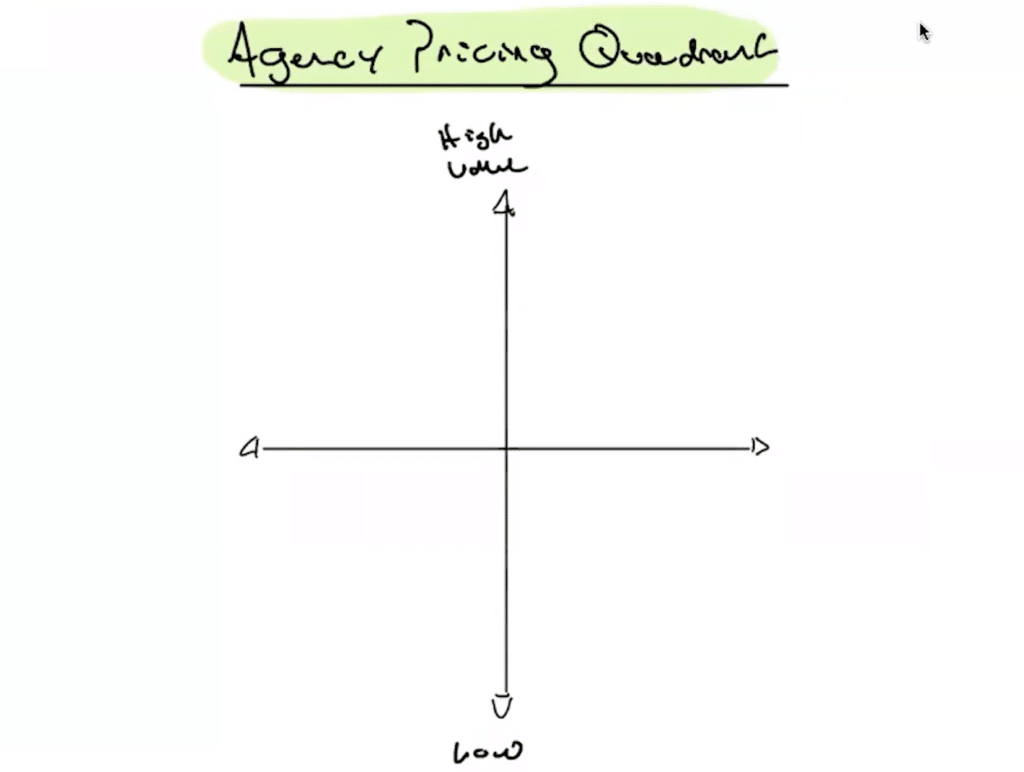
Try to place your product or service on this continuum of High-Value to Low-Value. You need to identify where you land on that vertical line.
Horizontal Axis: Identifying ‘Risk’ in your Pricing
Now, on to our Horizontal Axis! When discussing risk, the easiest way to describe it is thus: how accurately can you predict the volume of time that it’s going to take to get this done for the client? ***I dig into some scenario examples at the 6:18 mark.***
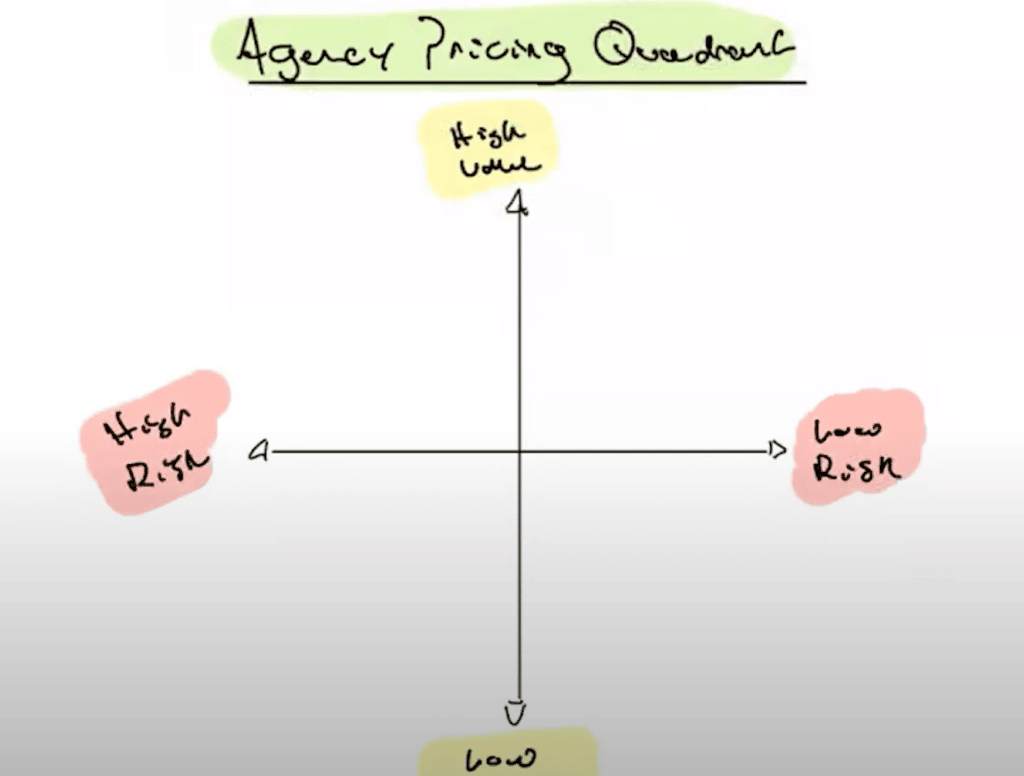
It could be summarised as getting within 10% of your estimate when delivering a service or product. If this is the case, you can put yourself over towards the Low-Risk spectrum of the axis on the right. Examples of High-Risk services include producing custom software products for businesses, on new technology stacks that aren’t well supported.
Side note: our Agency Profit Toolkit is a one stop shop for you to be able to outline some of these crucial profitability numbers to a potential buyer. Spreadsheets, templates and training videos, you name it, it’s all in the toolkit. Grab yours free at the link below:
The Different Pricing Strategies
Now that you have identified where your product or service lands on the continuum – it is time to look at the appropriate pricing strategies. The first being…
• High-Risk Low-Value Product
Typically, this is where you’re going to see Time & Materials Billing. The secret here is ensuring you have a solid knowledge re how much it costs you to pay your employees doing the work (mark that up so that you have a good margin, usually between 50 and 70% gross margin.) You need to make sure you bill as much time as possible to the client; the engagement is so high risk it’s really hard to wrap your brain around the entire scope. Therefore, you need to share some of that risk with the client. This is where Time & Materials Billing is most appropriate.
• High-Risk High-Value Product
Maybe you’re building more enterprise-type software, be it custom solutions for businesses that are creating a lot of value. Then, you might move to what I like to call Abstracted T&M. What does Abstracted Time & Materials mean? It’s basically a way to do T&M billing without having the hourly conversation. MediaMonks is a perfect example of an organization that does stuff like this (skip to the 9:35 minute mark for more info). In short, it mitigates risk. It allows you to have a good balance in these kinds of engagements, while still allowing you to take advantage of the high-value nature of the service offering.
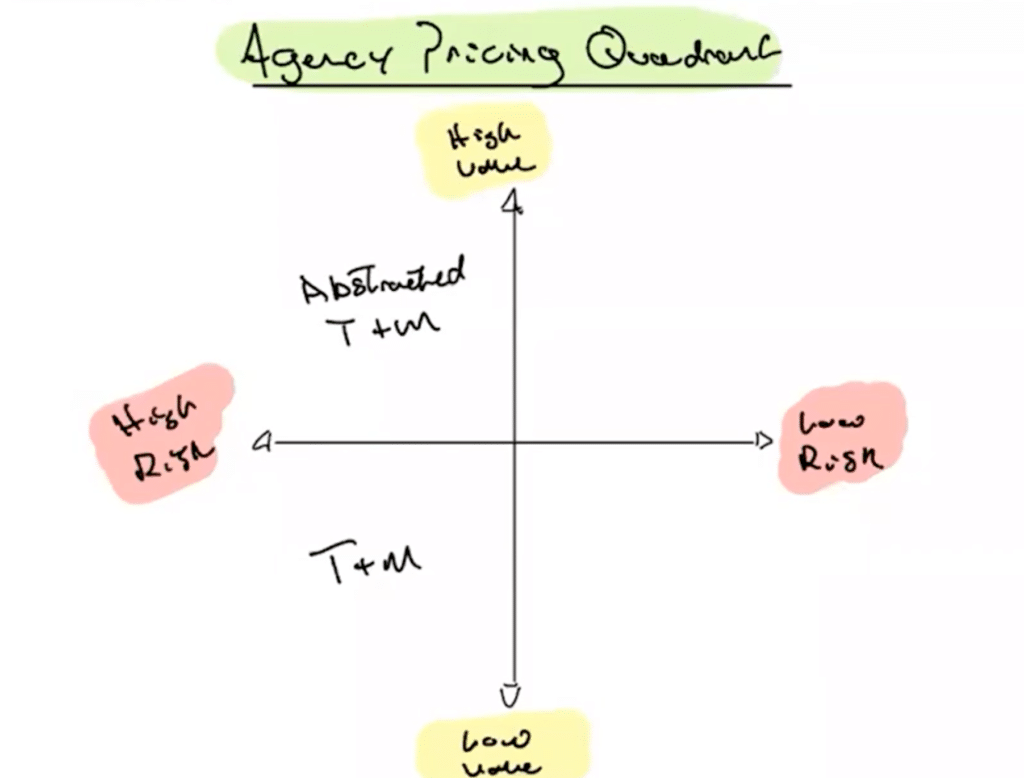
• Low-Value Low-Risk Product
These include cookie-cutter services for small businesses. In this instance, you’ve got data that helps you to estimate within 10%. Unfortunately, this is a highly competitive market. This is where Flat Fees come into play. This involves taking on the risk by informing clients it will cost X amount of dollars to solve their issue. However, you can leverage this low-risk element to obtain a higher average billable rate – without having that conversation with the client. ***I elaborate on the merits of Flat Rate BIlling from the 11:29 minute mark***
• High-Value Low-Risk Product
This is where we get into the value-based conversation. Instead of saying, “It’s X amount of dollars”, we say “Let’s set a flat fee.” Said fee is set on a Value-Based Conversation about the relative value for the client. I expand on such examples ***from 12:59 onwards*** including scenarios involving being paid a million dollars to do conversion rate optimization.
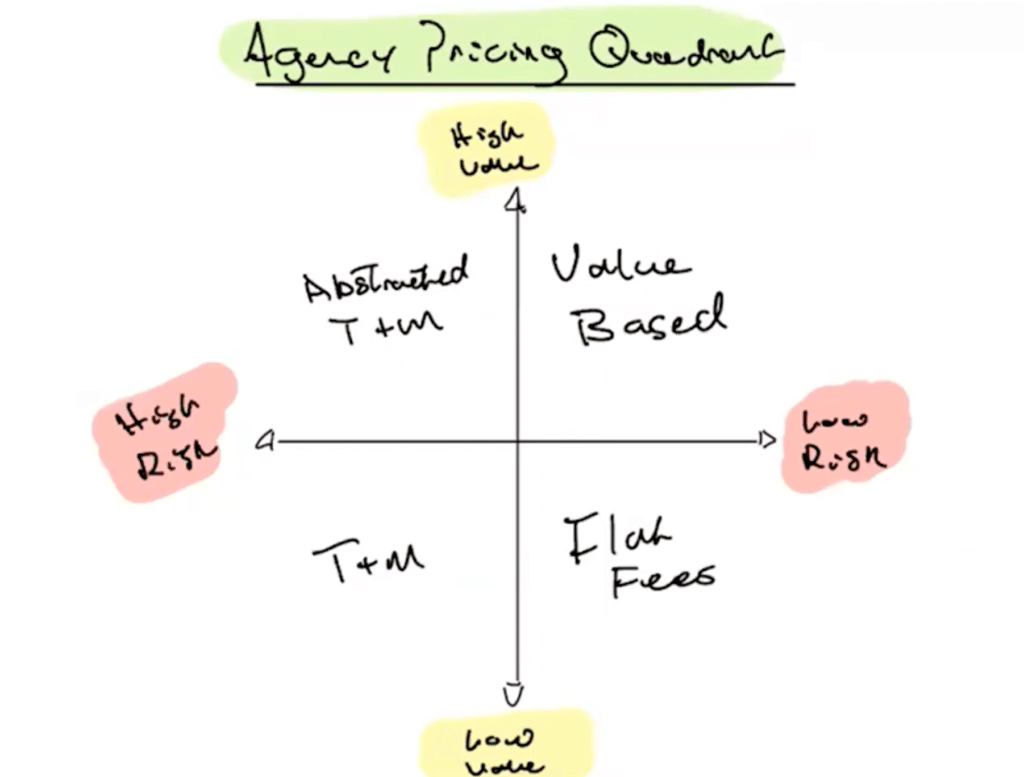
Such high-level thinking is required when asking how much value/risk is there in your product/service. This changes from one service offering to another, and should change as your business matures. As your business matures, your products and services should become more clearly defined – thanks to all that helpful data you’ve been collating!
Key Takeaway…
Time & Materials billing is antiquated. Nobody should be doing it. Value-Based and Flat Pricing is arguably the way of the future for most agencies. That said, I firmly believe T&M (especially the Abstracted versions) still has a place in this industry. It can help agencies take on the trickier types of work, without necessarily having to absorb all of the risks.
If you found this helpful and currently seeking ways to improve your agency’s profitability, grab our Profitability Toolkit via parakeeto.com/toolkit. It’s a set of resources we use with our consulting clients to enhance performance by implementing best practices. We do this via videos, tutorials, plus training on how to use benchmarks, KPIs, all of that good stuff!
Want to see more from Marcel? Do check out…
Did you learn anything new from this episode? Let us know in the comments below! Our next installment of #APP, on September 8th, will see us chat with Sales Driven Agency CEO, Joey Gilkey. Our previous blog with Robert Patin is here…
Agency Profitability Tool Kit
If you’re looking for more resources to help you improve your agency’s profitability, check out the Agency Profitability Tool Kit. It’s full of templates and checklists used when consulting clients. This helps them improve profitability by over 100% in under 60 days.




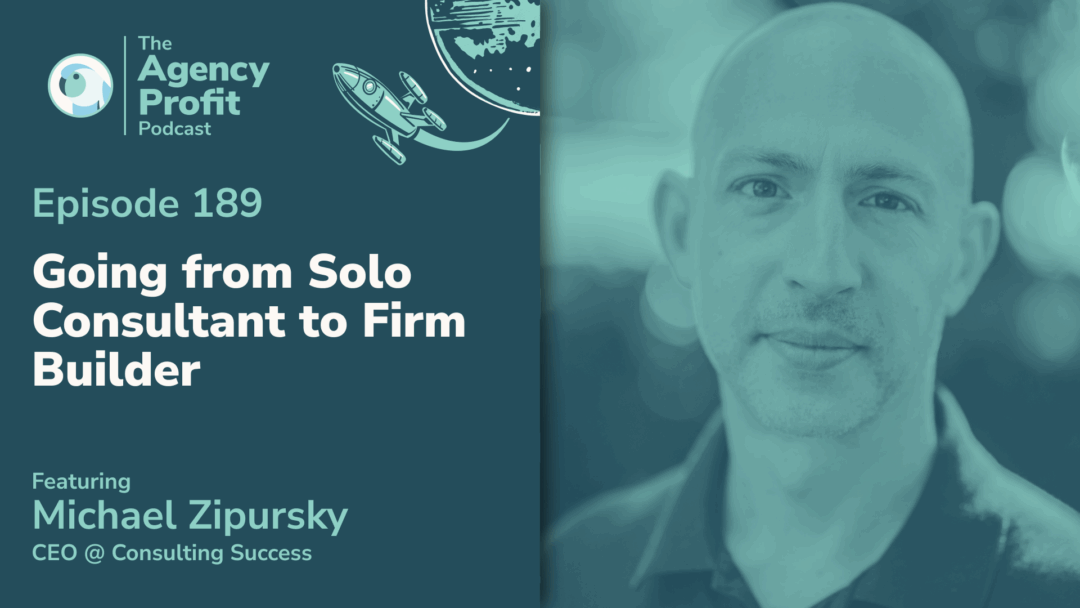
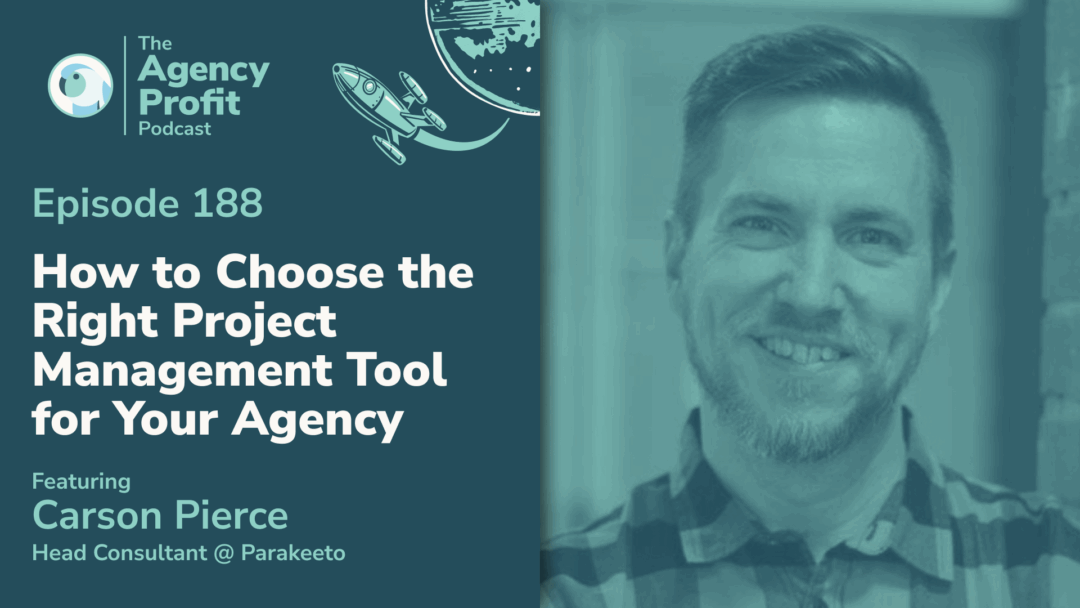
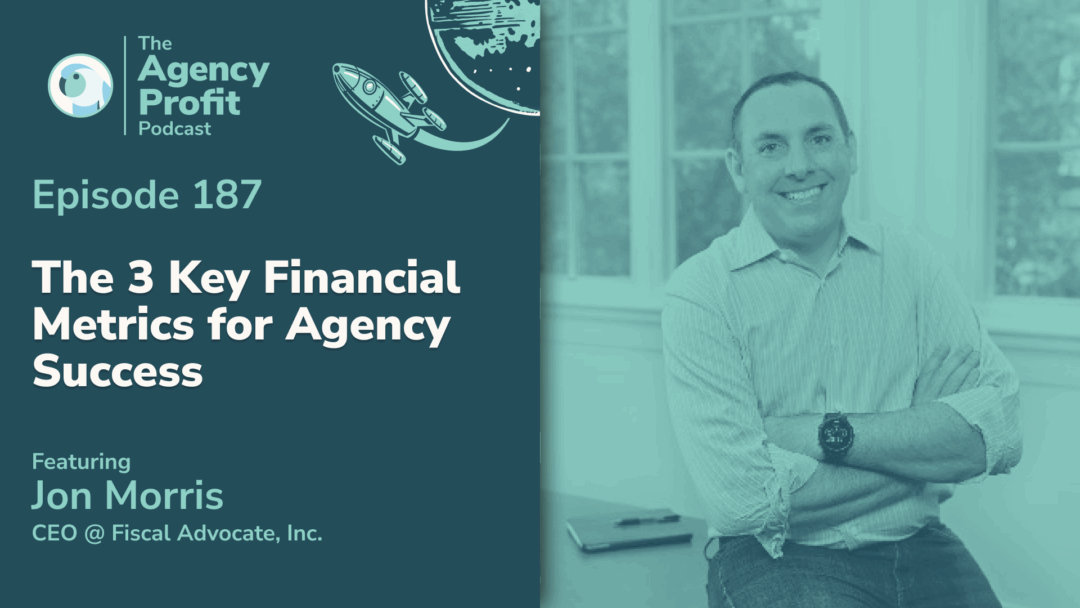

0 Comments